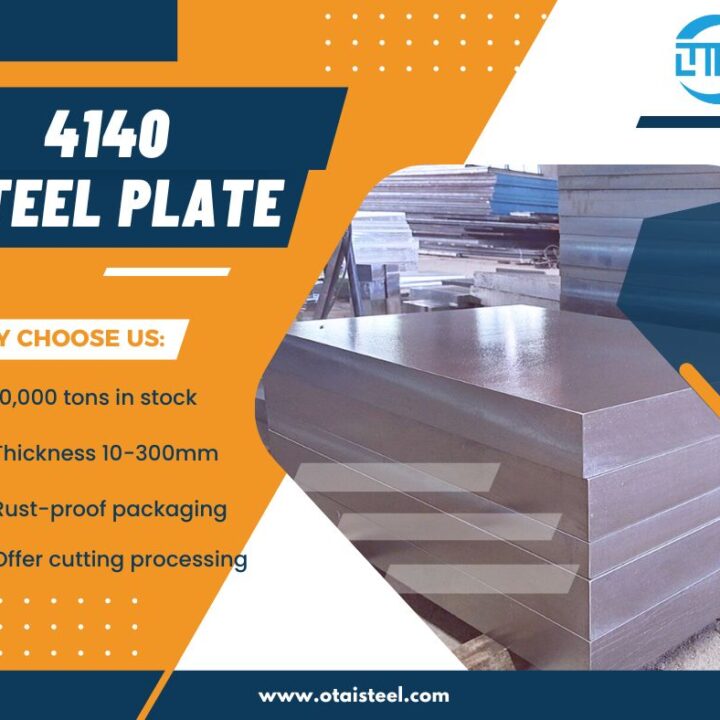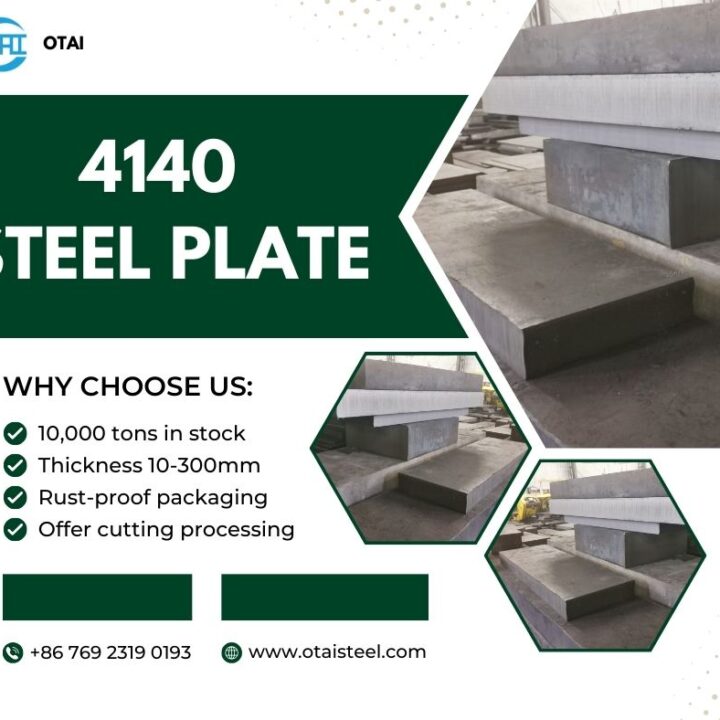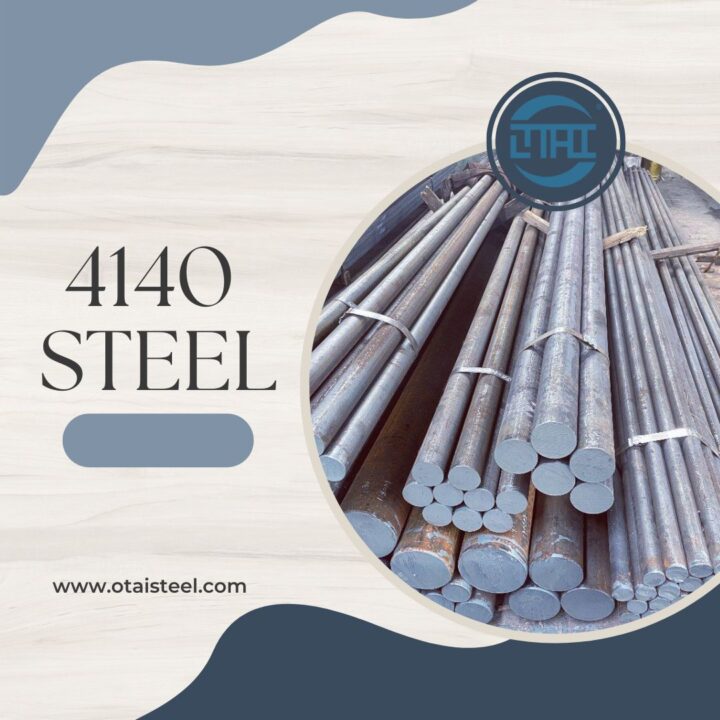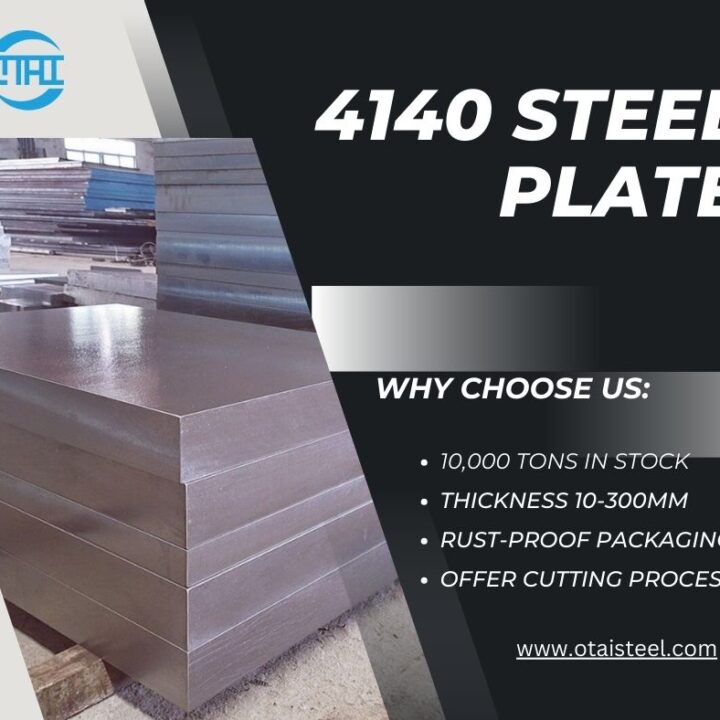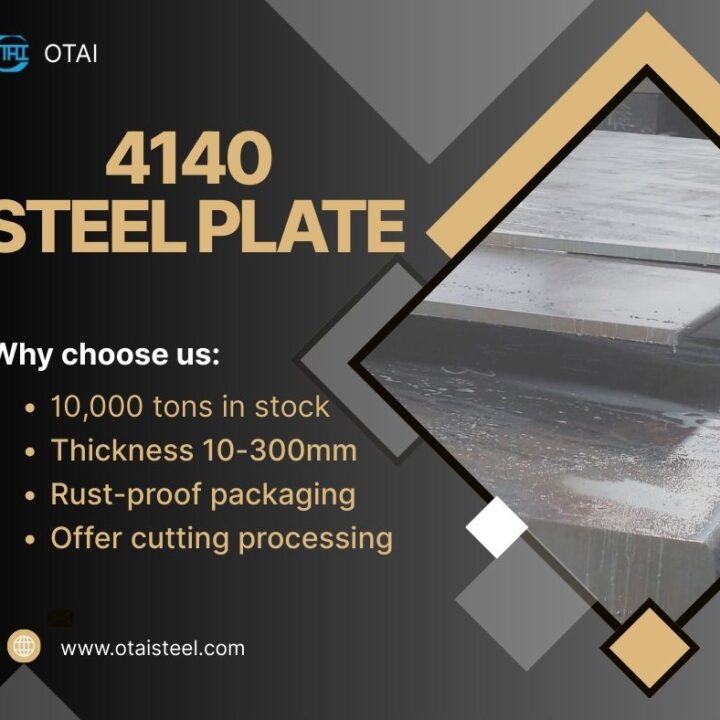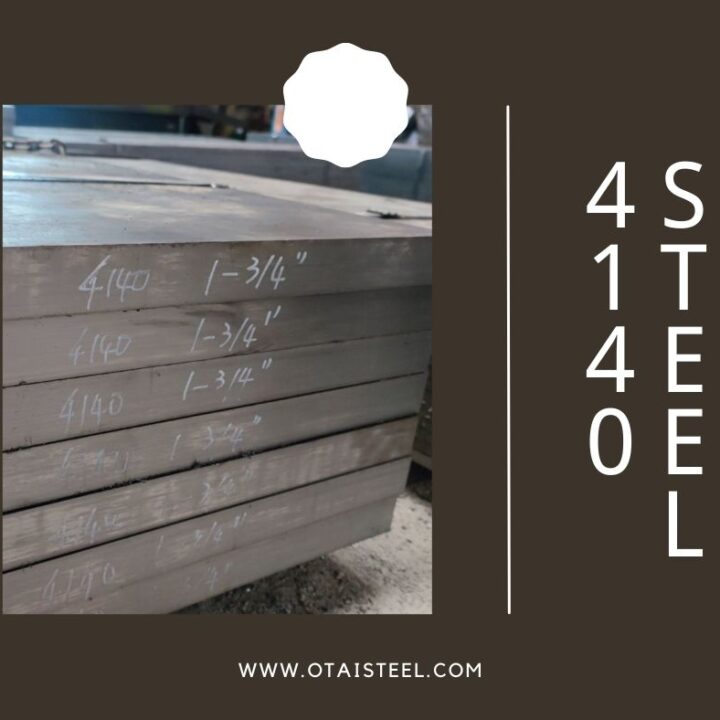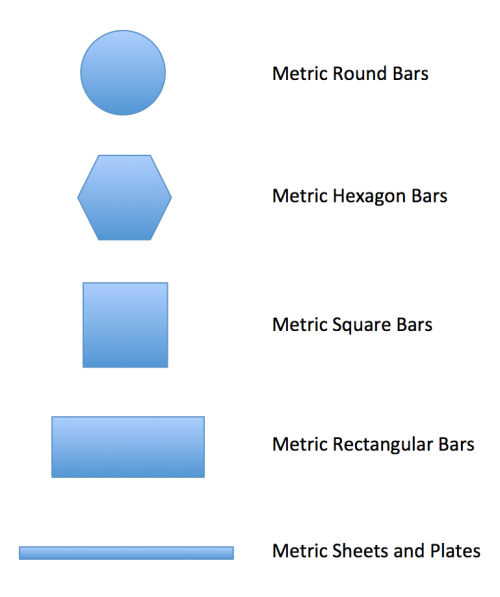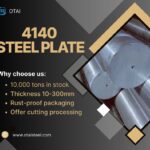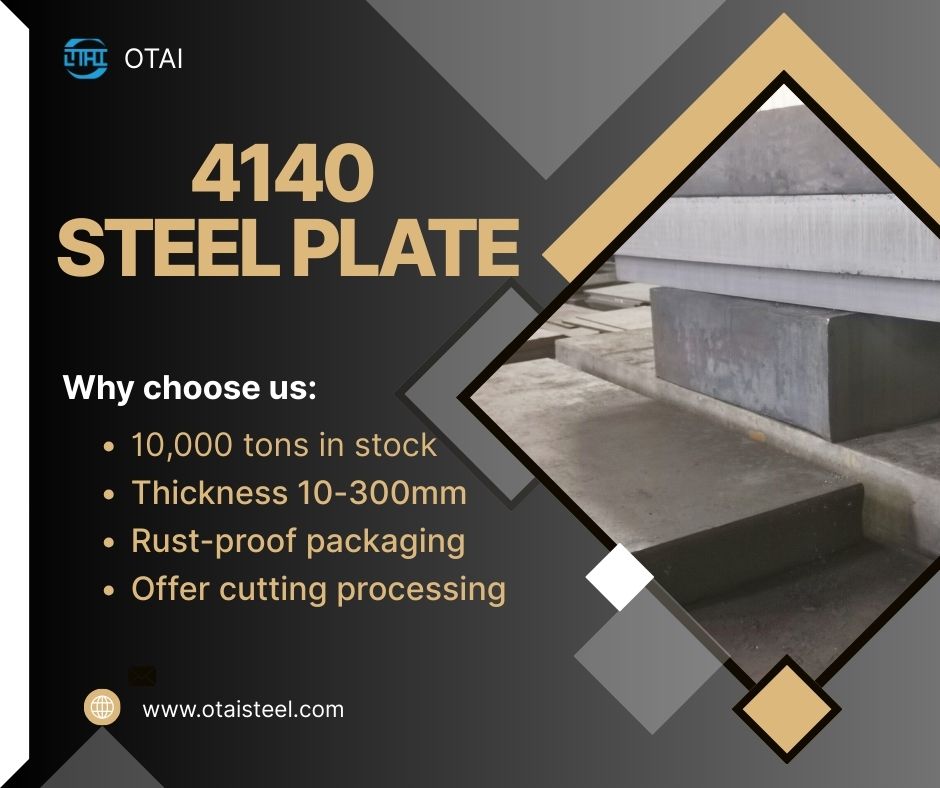 Modulus of Elasticity of 4140 Steel: Understanding the Material’s Stiffness
Modulus of Elasticity of 4140 Steel: Understanding the Material’s Stiffness
When designing components that must endure forces or stresses, engineers need to understand how materials will behave under load. One critical property that helps predict material behavior is the modulus of elasticity. For 4140 steel, this property plays a key role in determining its suitability for high-stress applications. In this article, we’ll dive into what the modulus of elasticity is, how it applies to 4140 steel, and why it’s an essential consideration in engineering designs.
🏗️ What is the Modulus of Elasticity?
The modulus of elasticity (also known as Young’s modulus) is a material property that measures the stiffness of a material. It is defined as the ratio of stress (force per unit area) to strain (the amount of deformation) in the elastic (non-permanent deformation) region of the material’s stress-strain curve.
Mathematically, it is given by:
E=σεE = \frac{\sigma}{\varepsilon}
Where:
-
E is the modulus of elasticity,
-
σ is the stress,
-
ε is the strain.
A higher modulus of elasticity indicates that a material is stiffer, meaning it deforms less under a given load. Conversely, a lower modulus indicates a material is more flexible or “soft.”
🌍 Modulus of Elasticity of 4140 Steel
For 4140 steel, which is a chromium-molybdenum alloy steel, the modulus of elasticity typically ranges around 210 GPa (30,000 ksi). This value places 4140 steel among the stiffer alloy steels, making it suitable for a variety of applications where high strength and low deformation are required.
The modulus of elasticity of a material is relatively constant, regardless of the load within the elastic range. This means that, within a specific limit of stress, 4140 steel will return to its original shape after the load is removed.
🛠️ Why is the Modulus of Elasticity Important for 4140 Steel?
1. Component Design and Performance
The modulus of elasticity plays a significant role in structural design. It helps engineers predict how much a material will stretch, bend, or compress when subjected to forces. In high-stress components, such as automotive parts, machinery components, and oil and gas tools, engineers need to ensure the material’s stiffness aligns with the required performance standards.
-
Stiffness: 4140 steel provides the necessary stiffness to ensure that parts don’t undergo excessive bending or deflection under load.
-
Load Distribution: The high modulus helps 4140 steel distribute loads evenly across components, reducing the risk of localized deformation or failure.
2. Minimizing Deformation
In applications like machine shafts, gears, or tooling, it’s crucial that the material doesn’t deform permanently under operational stresses. A high modulus of elasticity means 4140 steel resists deformation, ensuring long-lasting performance in critical parts exposed to dynamic or static loads.
3. Vibration and Resonance Control
Materials with a higher modulus of elasticity tend to absorb and dissipate energy better. 4140 steel, with its relatively high modulus, helps in controlling vibration and resonance in mechanical systems, making it useful for high-performance applications like motors and engine components.
🧰 Applications of 4140 Steel and How Modulus of Elasticity Affects Them
🚗 Automotive Industry
In the automotive industry, 4140 steel is commonly used for parts that must withstand significant loads and stresses without deforming. Components such as axles, crankshafts, and transmission gears rely on the modulus of elasticity of 4140 steel to ensure they maintain their shape and function over time, even under harsh conditions.
🏭 Industrial Machinery
4140 steel is used in industrial machinery components such as shafts, tool holders, and machine frames. The steel’s high modulus of elasticity ensures minimal bending or deflection, even under high operational loads.
⛽ Oil and Gas Industry
The oil and gas industry demands materials that can withstand both high-pressure and high-stress environments. 4140 steel is commonly used for drill collars, wellhead components, and tool joints. The modulus of elasticity ensures these parts retain their strength and stiffness, even in extreme conditions.
🛠️ Toolmaking
In toolmaking, 4140 steel is often used for dies, molds, and cutting tools. The modulus of elasticity is crucial for ensuring that these tools resist deformation during use, allowing for precise manufacturing and a longer tool life.
🏅 Advantages of 4140 Steel for Engineers and Designers
1. Excellent Strength-to-Weight Ratio
The modulus of elasticity is directly related to a material’s ability to resist deformation. 4140 steel provides an excellent strength-to-weight ratio, meaning that it can withstand high forces without becoming overly bulky or heavy.
2. Customizable Properties Through Heat Treatment
The modulus of elasticity of 4140 steel remains relatively constant, but the yield strength and tensile strength can be altered through heat treatment processes like quenching and tempering. This makes 4140 steel a versatile material for a wide range of applications, where engineers can tailor the steel’s mechanical properties to meet specific requirements.
3. Durability and Long-Term Performance
Thanks to its modulus of elasticity, 4140 steel resists deformation and wear, ensuring durability and long-term performance in critical applications like tooling and heavy machinery.
🌟 Why Choose Otai Special Steel for 4140 Steel?
At Otai Special Steel, we provide high-quality 4140 steel with excellent mechanical properties, including a high modulus of elasticity. Our products come with the following benefits:
-
🏭 Large Inventory: Over 10,000 tons of 4140 steel in stock, available in various shapes and sizes.
-
📐 Custom Cutting and Heat Treatment: Tailored services to meet your specific needs, including cutting to size and customized heat treatment.
-
🔍 Quality Assurance: We conduct strict testing, including ultrasonic testing (UT), chemical analysis, and hardness verification.
-
🌍 Global Delivery: Fast and reliable worldwide shipping to over 50 countries.
-
💰 Competitive Pricing: Get high-quality 4140 steel at affordable prices.
❓ FAQ
Q1: What is the modulus of elasticity of 4140 steel?
A: The modulus of elasticity of 4140 steel is typically around 210 GPa (30,000 ksi).
Q2: How does the modulus of elasticity affect the design of 4140 steel components?
A: The modulus of elasticity determines how stiff the material is, which influences its ability to resist bending, deflection, and deformation under load. This is crucial in applications such as gears, machine parts, and automotive components.
Q3: Is the modulus of elasticity the same as strength?
A: No, the modulus of elasticity measures stiffness, while strength measures the material’s ability to withstand forces without breaking. 4140 steel offers both high stiffness and high strength.
Q4: How do heat treatment processes affect the modulus of elasticity?
A: While heat treatment can alter other mechanical properties such as yield strength and tensile strength, the modulus of elasticity of 4140 steel remains relatively constant.
Q5: Can I use 4140 steel in high-temperature environments?
A: Yes, 4140 steel is highly resistant to high temperatures and retains its modulus of elasticity even under heat, making it suitable for high-performance applications.

